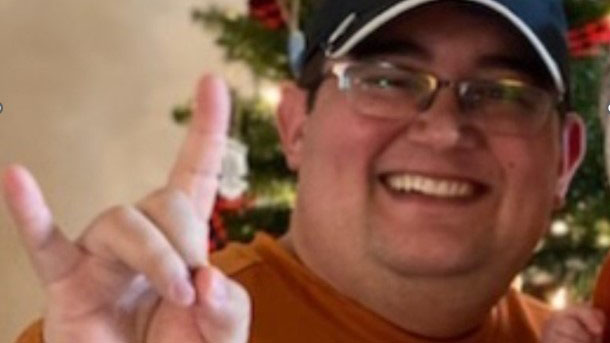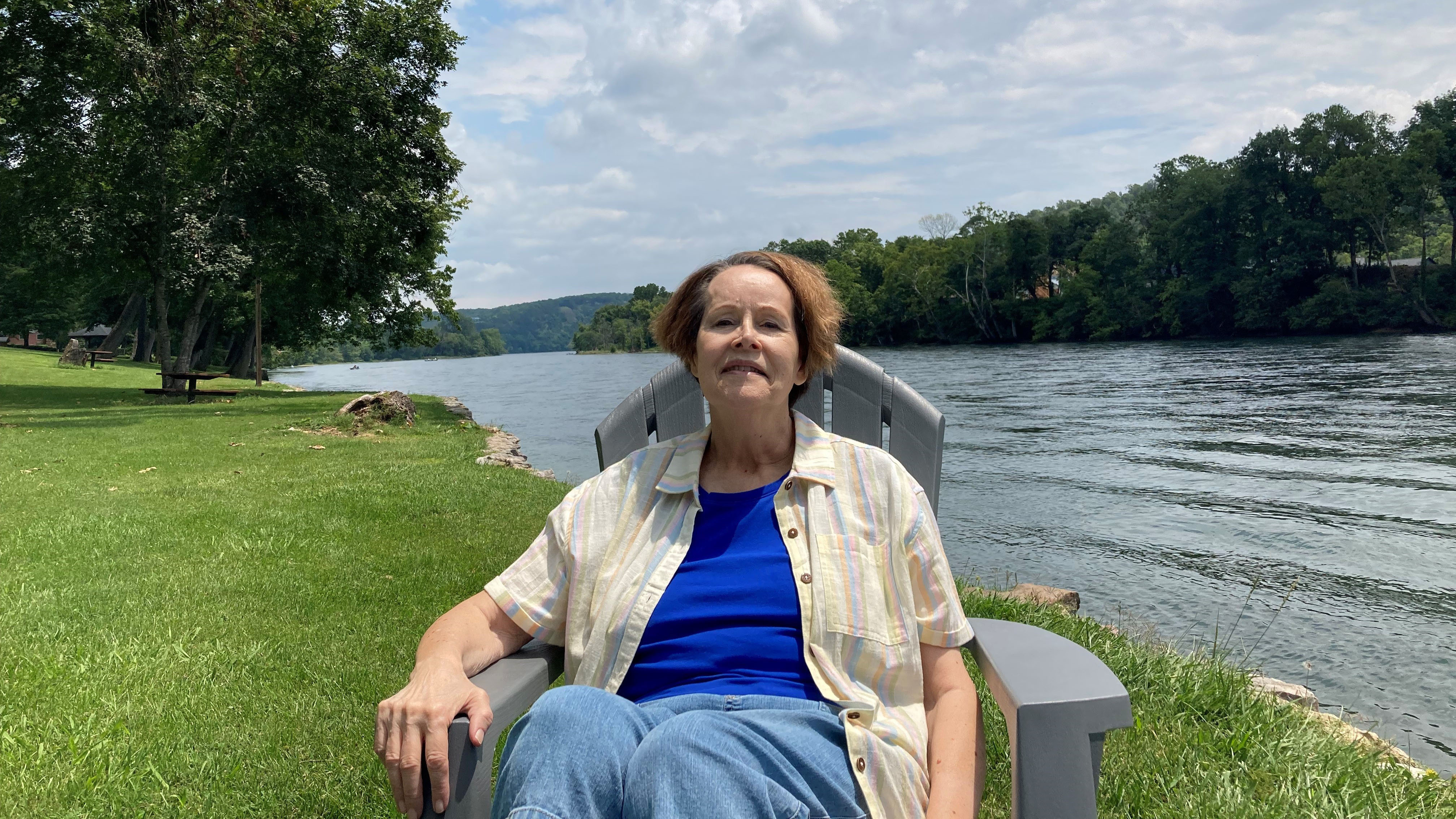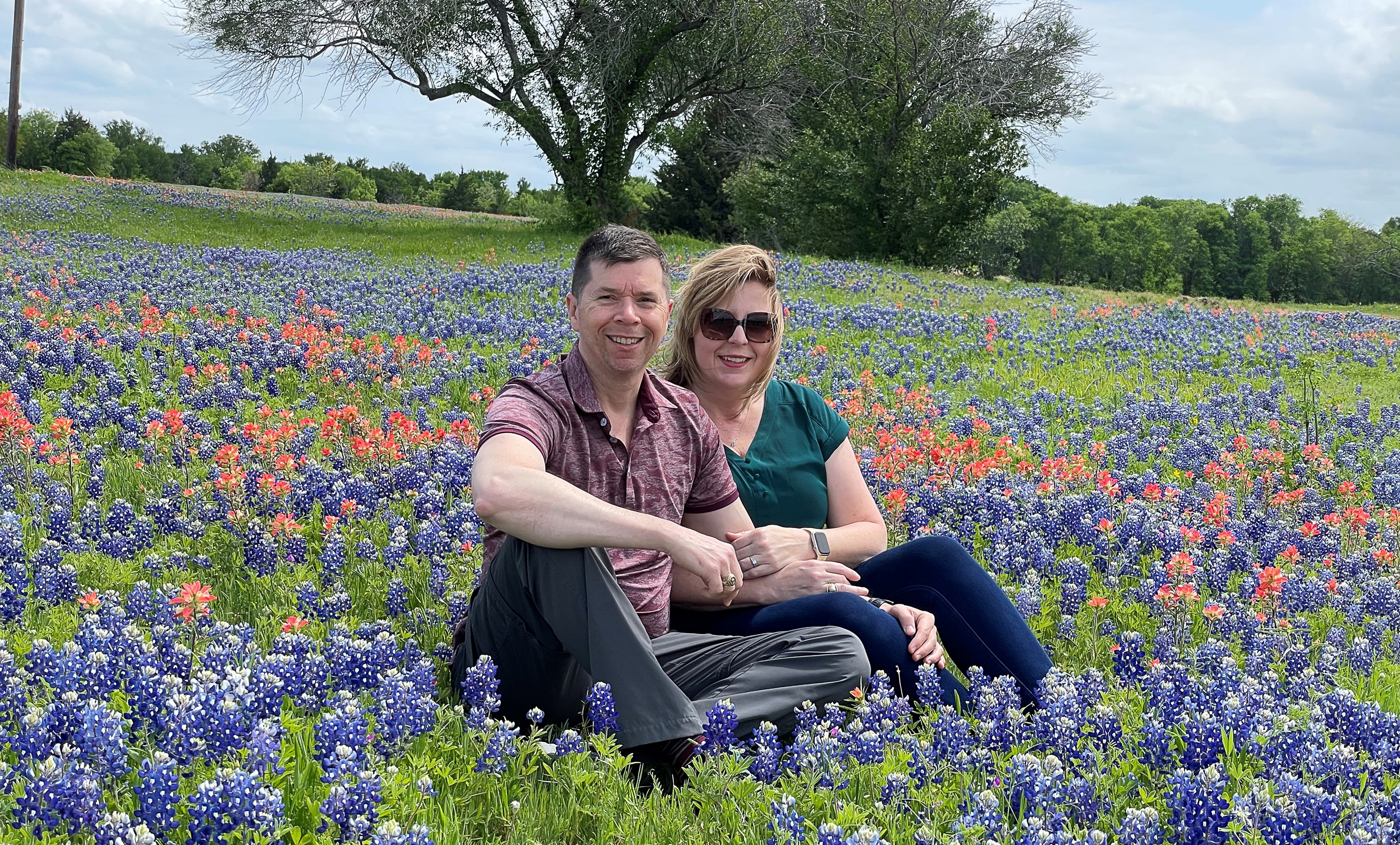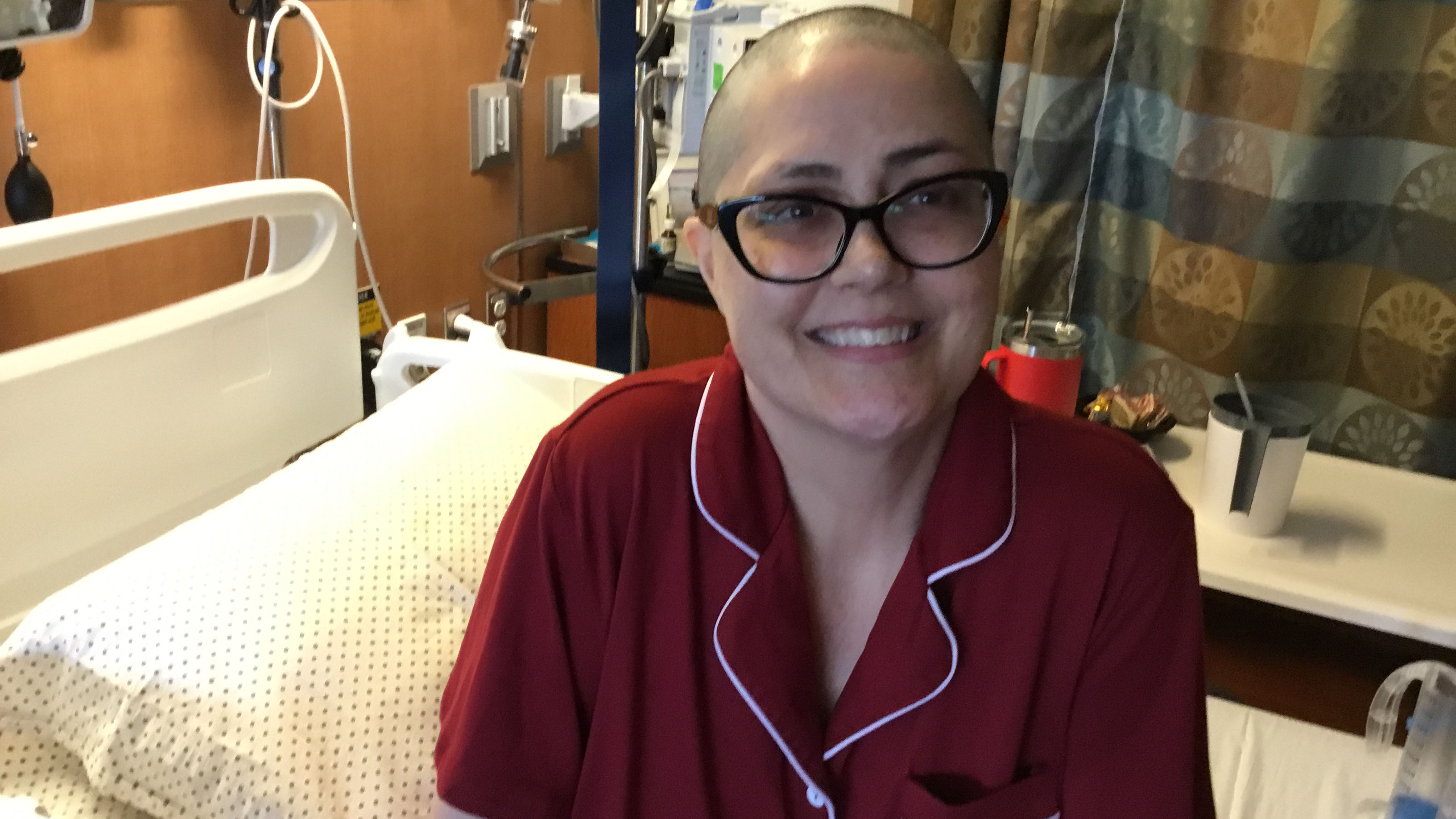- Diseases
- Acoustic Neuroma (14)
- Adrenal Gland Tumor (24)
- Anal Cancer (70)
- Anemia (2)
- Appendix Cancer (18)
- Bile Duct Cancer (26)
- Bladder Cancer (72)
- Brain Metastases (28)
- Brain Tumor (232)
- Breast Cancer (724)
- Breast Implant-Associated Anaplastic Large Cell Lymphoma (2)
- Cancer of Unknown Primary (4)
- Carcinoid Tumor (8)
- Cervical Cancer (164)
- Colon Cancer (166)
- Colorectal Cancer (116)
- Endocrine Tumor (4)
- Esophageal Cancer (44)
- Eye Cancer (36)
- Fallopian Tube Cancer (8)
- Germ Cell Tumor (4)
- Gestational Trophoblastic Disease (2)
- Head and Neck Cancer (14)
- Kidney Cancer (128)
- Leukemia (342)
- Liver Cancer (50)
- Lung Cancer (286)
- Lymphoma (278)
- Mesothelioma (14)
- Metastasis (30)
- Multiple Myeloma (100)
- Myelodysplastic Syndrome (60)
- Myeloproliferative Neoplasm (6)
- Neuroendocrine Tumors (16)
- Oral Cancer (102)
- Ovarian Cancer (176)
- Pancreatic Cancer (160)
- Parathyroid Disease (2)
- Penile Cancer (14)
- Pituitary Tumor (6)
- Prostate Cancer (150)
- Rectal Cancer (58)
- Renal Medullary Carcinoma (6)
- Salivary Gland Cancer (14)
- Sarcoma (238)
- Skin Cancer (298)
- Skull Base Tumors (56)
- Spinal Tumor (12)
- Stomach Cancer (66)
- Testicular Cancer (28)
- Throat Cancer (92)
- Thymoma (6)
- Thyroid Cancer (98)
- Tonsil Cancer (30)
- Uterine Cancer (86)
- Vaginal Cancer (18)
- Vulvar Cancer (22)
- Cancer Topic
- Adolescent and Young Adult Cancer Issues (20)
- Advance Care Planning (12)
- Biostatistics (2)
- Blood Donation (18)
- Bone Health (8)
- COVID-19 (360)
- Cancer Recurrence (120)
- Childhood Cancer Issues (120)
- Clinical Trials (628)
- Complementary Integrative Medicine (22)
- Cytogenetics (2)
- DNA Methylation (4)
- Diagnosis (236)
- Epigenetics (6)
- Fertility (62)
- Follow-up Guidelines (2)
- Health Disparities (14)
- Hereditary Cancer Syndromes (128)
- Immunology (18)
- Li-Fraumeni Syndrome (8)
- Mental Health (120)
- Molecular Diagnostics (8)
- Pain Management (62)
- Palliative Care (8)
- Pathology (10)
- Physical Therapy (18)
- Pregnancy (18)
- Prevention (932)
- Research (388)
- Second Opinion (76)
- Sexuality (16)
- Side Effects (614)
- Sleep Disorders (10)
- Stem Cell Transplantation Cellular Therapy (216)
- Support (404)
- Survivorship (324)
- Symptoms (182)
- Treatment (1778)
Biliary tract cancer survivor: Come to MD Anderson first
5 minute read | Published June 03, 2022
Medically Reviewed | Last reviewed by an MD Anderson Cancer Center medical professional on June 03, 2022
John Davis is one of the many regular gym-goers who was forced to reimagine his workout routine at the start of the COVID-19 pandemic.
Instead of heading to the gym or the weight room at work, John spent spring of 2020 keeping up with his exercise routine from home. However, despite doing many of the same exercises he’d do in the gym, John noticed he was losing weight without trying. While John says this was a welcome surprise at first, it soon became suspicious.
This weight loss, along with minor stomach pain, prompted John to see his doctor. The appointment was delayed due to COVID-19, and by the time John saw his primary care doctor in the fall, he had lost close to 20 pounds.
“I've been trying to lose a little weight for a long time. It was starting to come off kind of easy, and I was kind of happy at first, but then it kept coming off,” John explains. “My son was giving me a hard time, half-jokingly, like, ‘Dad, you've been trying to lose weight for 20 years. You didn't think something was going on when you started to lose weight all of a sudden?’”
John’s bloodwork revealed elevated liver enzymes and a CT scan showed tumors on his liver. In November 2020, John was diagnosed with cholangiocarcinoma, or biliary tract cancer, that had spread to his lungs and stomach.
- Related topic: Bile duct cancer symptoms
Biliary cancer treatment at MD Anderson
Because John’s tumors were too large to be surgically removed, he began chemotherapy at a clinic near his home. After he started chemotherapy, John decided to come to MD Anderson’s Gastrointestinal Cancer Center for another opinion.
In February, John traveled to MD Anderson with his wife and “No. 1 team member,” Lynnette, to meet with Sunyoung Lee, M.D., Ph.D. While Lynnette couldn’t join John inside due to COVID-19 restrictions, Dr. Lee made sure she was virtually included in her husband’s appointment.
“Before we got to MD Anderson, I kept feeling like I wasn't getting some of my questions answered,” Lynnette says. “It wasn't until that first appointment with Dr. Lee that I felt like I finally understood a little bit better.”
John also gained clarity during that appointment. “It was immediately clear that they knew a lot more about my condition than anybody else,” he says. “They got right after it.”
Proton therapy in Houston
In spring 2021, John and Lynnette spent over three weeks in Houston while he received abdominal mapping and began treatment. The first stage of John’s care included chemotherapy and proton beam therapy at the Proton Therapy Center under the care of radiation oncologist Ethan Ludmir, M.D.
During treatment, John took five chemo pills each day and received proton beam therapy targeting his tumors. Throughout John’s treatment, doctors saw encouraging real-time reduction in John’s tumors. Even so, treatment was mentally and physically taxing.
“Sometimes people tell you when you are going through something difficult to take one day at a time. I felt like I was really taking one hour at a time some days. It was pretty overwhelming,” says Lynnette.
When John wasn’t in treatment, John and Lynnette focused on keeping life as normal as possible. “I would tell my husband we're just going to focus on the cancer when we have to,” Lynette recalls. “When we don't, we're going to focus on something enjoyable.”
The couple took many walks near their hotel and spent time with John’s high school friends who came to visit for a few days.
Lynnette credits the couple’s Catholic faith for helping them through treatment, noting that they’re thankful to God, and support and prayers from their family and friends.
John, too, relied on the power of prayer, especially for the members of his care team. “I pray to St. Lee and St. Ludmir,” he says.
“They’re on my permanent prayer list,” agrees Lynnette.
Targeted therapy for the FGFR2 mutation
By the time John had completed proton therapy, his primary tumor had shrunk, and his metastatic sites had responded, as well. It was time for the next step in his treatment.
Before coming to MD Anderson, John found out his cancer had a mutation called an FGFR2 fusion. This mutation made John a candidate for pemigatinib, an oral medication that is the first FDA-approved targeted therapy for biliary tract cancer. Following his chemotherapy and radiation treatment, John began taking pemigatinib every day for two weeks, followed by one week off. He has continued this regimen ever since.
“I’m lucky to have this mutation, quite frankly, because I just take one pill now,” John says.
While he does deal with side effects like body aches, joint pain, dry mouth, hair loss and weak nails, John handles it with good humor. “I’m not a spring chicken anyway, so you expect that kind of pain,” he jokes.
Today, almost a year and a half after his initial diagnosis, John returns to MD Anderson for blood tests each month and scans every three months. His most recent scans have shown no signs of active cancer or metastasis.
Advice for other cancer patients
While John is grateful for the care he received prior to coming to MD Anderson, he encourages other biliary tract cancer patients to consider coming to MD Anderson as soon as possible.
“Other centers don't have the proton technology or the means to do the scanning. I have a physicist on my team who mapped out my body to use this laser,” he explains. “My condition was advanced when MD Anderson saw me. I should have pushed to get to MD Anderson right away.”
Lynnette agrees, expressing her gratitude for every provider who cared for John throughout his treatment.
"My husband's team is the absolute best. I tell everyone that Drs. Lee and Ludmir are truly the smartest doctors in the world for this type of cancer. I tell anyone that talks to me about this to get a second opinion from MD Anderson because you owe it to yourself.”
While thinking about life after cancer treatment comes with its own worries, John and Lynnette are trying to focus on living life like normal. And right now, John and Lynnette’s new normal includes a brand-new role: that of first-time grandparents.
“I’m able to exercise, I’m able to travel with my wife. I have a normal life right now,” says John. “I just take care of what's in front of me with my wife's help. We have a new grandkid, so we get to experience that. We're just trying to stay normal.”
Request an appointment at MD Anderson online or by calling 1-877-632-6789.
Related Cancerwise Stories

It was immediately clear that they knew a lot more about my condition than anybody else.
John Davis
Survivor





